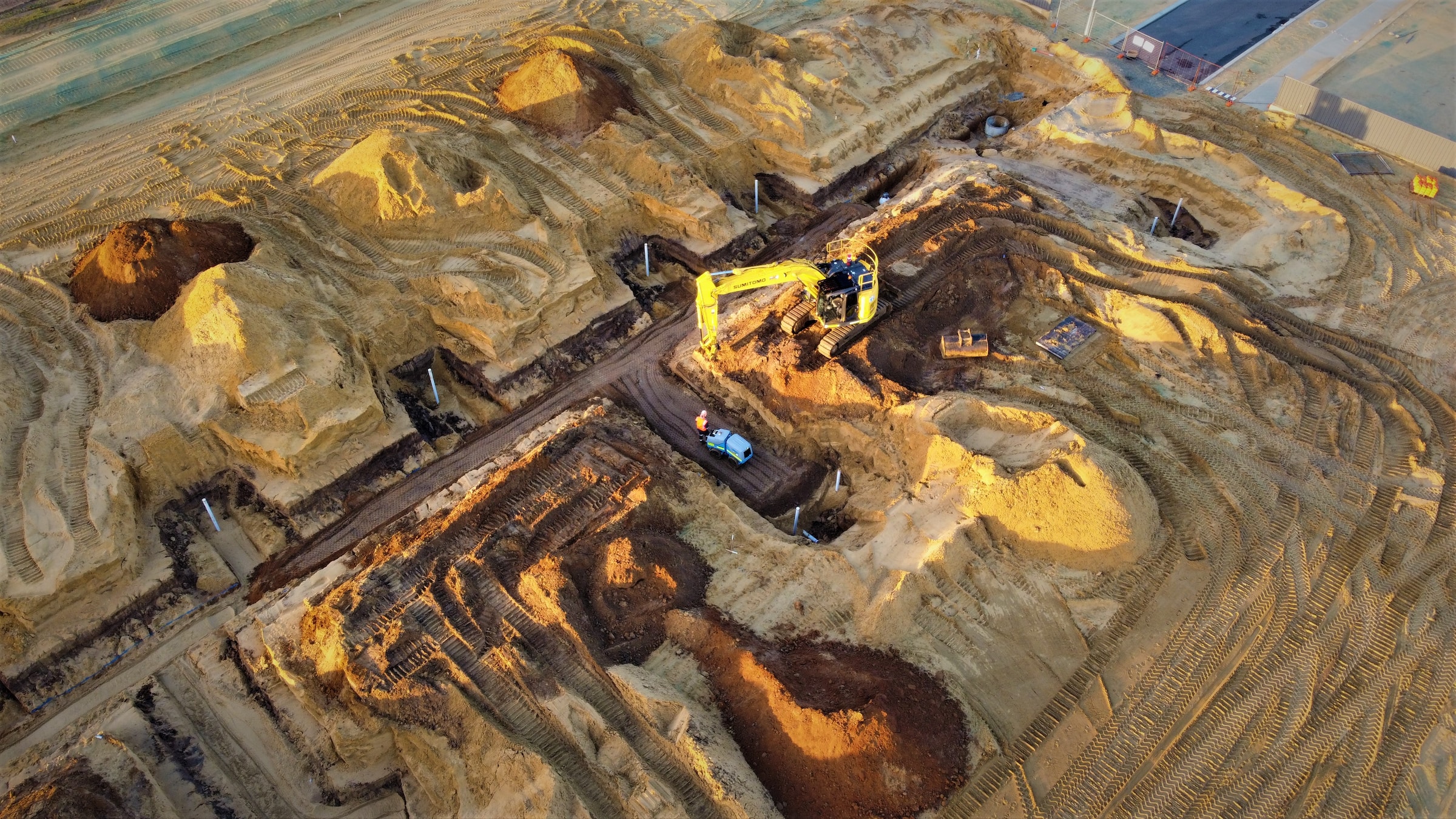Royalty revenues from mining are an important source of revenue for many Australian state (and territory) governments. Our paper addresses the question: in what proportions do the state governments in their budget decisions for the current year allocate fluctuations in mining royalty revenues between changes in expenditures, changes in other sources of revenue (including other own taxes), and operating surplus? We use theoretical and econometric models to study the question.
A robust finding is that in recent decades 50 to 60 per cent of an annual change in state royalty revenue is allocated to a change in expenditure. Estimated changes in state own taxes, other state revenue sources, and operating surplus were not well defined nor robust.
Royalty revenue
Mining royalties generated $12 billion in revenue for state governments in the fiscal year of 2017-18. This amount represents an average contribution of 14 per cent of own-state revenue and 4.5 per cent to total state expenditure. The mix of minerals and their relative contribution to total state budget revenue vary widely across the states and from year to year.
Wide fluctuations in the annual royalty revenue have occurred over recent decades, and with marked differences between the states. To illustrate, the standard deviation of state per capita royalty revenue over the last two decades is about a fifty per cent of the mean. By contrast, the standard deviation relative to the mean for other state revenues and for expenditure is much lower at about ten per cent.
Literature and models
The literature provides alternative models linking windfall gains and losses of revenue to government budget decisions on allocation of the windfall to changes in expenditure, other taxes, and budget surplus. Aside from changes in royalty revenue, the windfalls can include a change in grant from a higher level of government.
A benevolent government model has government as a rational maximiser of society wellbeing. Government chooses its own taxation, spending and saving decisions to maximise society welfare. An increase in royalty revenue is treated as a windfall in society revenue or income. To maximise society welfare, the government seeks to equate marginal social benefits of funds spent by the private sector with funds spent by the government. Most of the royalty revenue windfall would therefore be passed back to the private sector as an offsetting change in other state taxes. Only a small share of the windfall would be allocated to a change in state budget expenditure.
An alternative model is the flypaper model. In this model, most of the windfall is regarded as a change in government own revenue and allocated as a change in budget expenditure. Behavioural economics and empirical political decision making provide support for the flypaper model. Behavioural economics also implies a greater expenditure response to a windfall gain than a windfall loss.
Under Australia’s system of federal-state financial relations, a windfall gain in royalty income for a particular state will be partly offset in the next few years by an offsetting reduction in the state share of GST revenues. This contrasts with the benevolent government and flypaper models above, which assume all the royalty revenue windfall accrues to the state government. The Australian system of horizontal fiscal equalisation for determining the shares of commonwealth-collected GST revenue allocated to the different states adjusts for differences in relative state abilities to collect own revenue, including royalties, and the relative costs of services they provide. A logical state government with a longer-term perspective than the current year would then be expected to allocate a share of the royalty revenue windfall to a change in the budget surplus to smooth expenditure and own taxation over the current and future years.
An important attribute of royalty revenue for concurrent year budget allocation decisions is imperfect knowledge about the magnitude of the windfall at the time of budget decisions. Volatile international prices for the different mineral products result in variable royalty revenues. The quantum of royalty revenue becomes known only as the year proceeds. Compared with perfect knowledge decisions, state budget decisions with imperfect knowledge are likely to allocate a large share of windfall royalty income to a change in budget surplus and less to changes in expenditure and reducing other taxes.
Given the different theoretical models with conflicting predictions for the allocation of royalty revenue windfalls between changes in state government expenditure, own taxes, and budget surpluses, we turn to econometric procedures.
Econometric modelling
We use inflation-adjusted data for the period 1998-99 through 2017-18, for each of the states, to estimate functions for change in annual per capita state budget decisions on expenditures, different measures of own source revenue, and budget surpluses as a function of changes in per capita royalty revenue. Different models were estimated including: inclusion of state fixed effects for excluded state-specific causal variables and time fixed effects for excluded general economic conditions variables; allowance for asymmetry of responses to royalty income windfall increases and decreases; and exclusion of states with low shares of royalty revenue in total revenue.
Robust and significant estimates indicate that between 50 and 60 per cent of a change in real per capita mining royalty income is allocated to a change in state government expenditure. No generally significant or robust estimates were reported for the allocation of royalty revenue windfalls to changes in other own state taxes and other revenues, or to changes in the budget surplus. No significant estimates of asymmetry of responses to royalty revenue increases verses decreases were found.
Conclusion
The econometric model estimates support the flypaper model, with royalty revenue windfalls largely treated as a state government revenue windfall leading to a change in expenditure. There was no strong support for the benevolent government model, for concern for horizontal fiscal equalisation, or for the effects of imperfect information, affecting state current budget decisions to allocate the windfall to change other state taxes or the budget surplus.
Journal article
Freebairn, J. and Griffiths, W. (2023), Volatile Mining Revenues and State Government Budget Decisions. The Australian Economic Review, 56: 192-203. https://doi.org/10.1111/1467-8462.12510 (Open Access)






Recent Comments